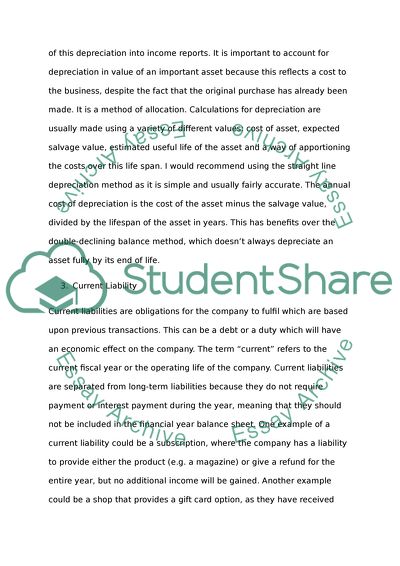Working capital Assignment Example | Topics and Well Written Essays - 750 words. Retrieved from https://studentshare.org/finance-accounting/1479155-working-capital
Working Capital Assignment Example | Topics and Well Written Essays - 750 Words. https://studentshare.org/finance-accounting/1479155-working-capital.


